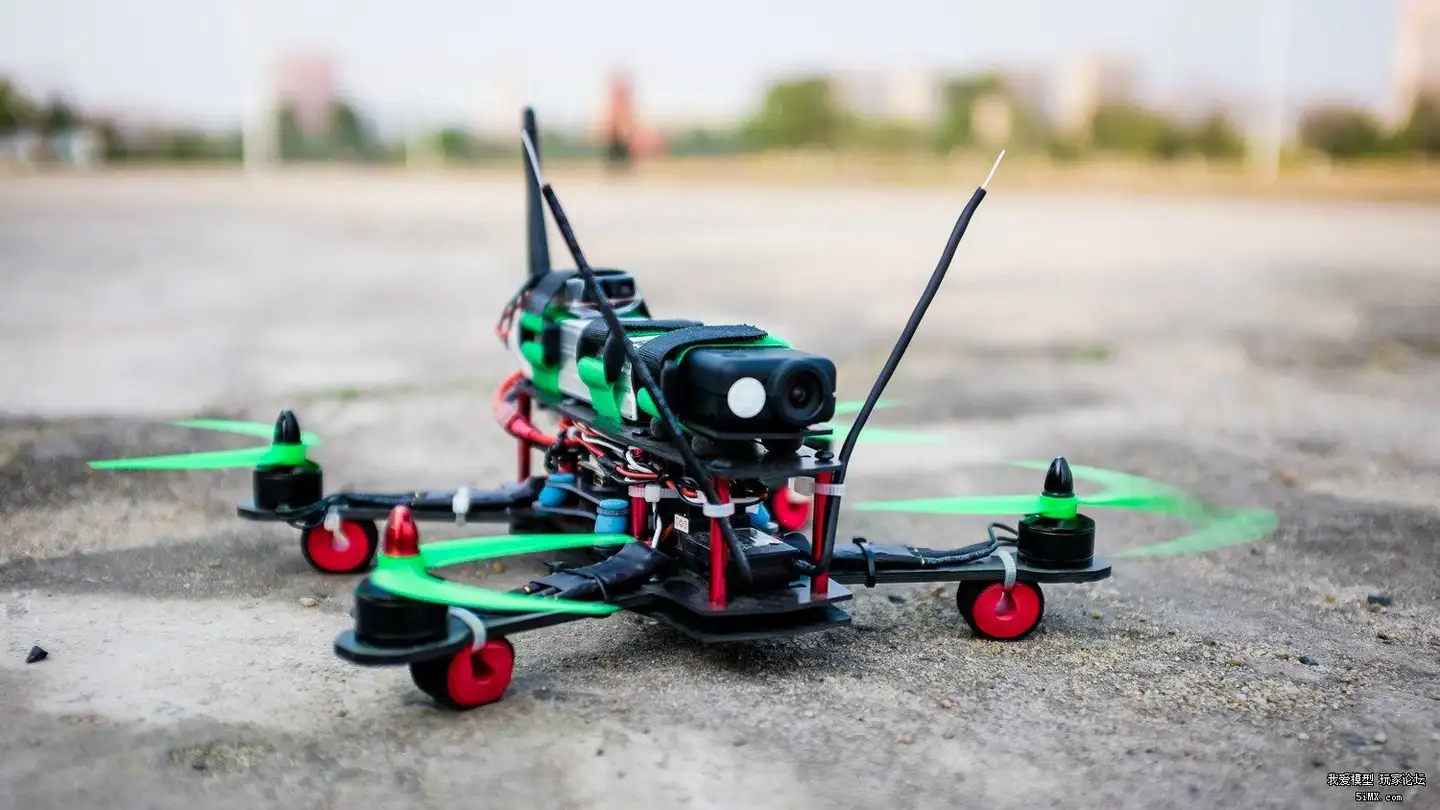 2025-05-28
2025-05-28
A long time ago, I wrote an incomplete introduction series of traversing machines. Looking back now, there are also many flaws. Fortunately, many friends criticized and corrected it. Now I decided to revise it again and finish the unfinished part by the way.
The traversing machine is a high-speed small unmanned aerial vehicle. It is mainly used for competitions and aerial photography.
The traversing machine is mainly composed of the following parts:
Flight control-this is the brain of the crossing machine, which is responsible for controlling the flight of the crossing machine.
Remote control & receiver-this is the ear of the traversing machine, which is responsible for receiving the instructions of the flying hand.
Picture transmission & camera-this is the eye of the crossing machine, which is responsible for sending the captured image back to the glasses/screen of the flying hand.
Motor & Electric Tuning & Blade-Power System of Crossing Machine.
Battery-the energy source of the traversing machine.
Frame-the "body" of the traversing machine, bearing all the parts.
At present, flight control, electrical control and image transmission usually appear in the form of flying towers, and sometimes they are integrated into a board, which is called aio(all in one).
The first article mainly introduces the flight control (or flying tower) and power system of the crossing aircraft.
(I'll talk about it later in the wiring part, and I'll give priority to understanding first. Haha)
There are many kinds of flight control of the crossing aircraft, such as mwc flight control and kk flight control when the crossing aircraft first became popular, cc3d and f3 flight control which were common in previous years and are now out of date, and f4/f7 flight control which is common today and top h7 flight control.
If some students who have played with self-organized aerial cameras are reading this article, they may wonder: Why didn't you use pixhawk flight control, apm flight control or cheap qq flight control, which are common on aerial drones? The answer lies in the fact that the crossing machine mainly operates in pure manual mode, which mainly tests the speed of flight control from receiving the remote control signal to analyzing the remote control signal into motor control, as well as pid adjustment, filtering and other tasks. The calculation ability of flight control such as apm is relatively weak, and its weight and size are not suitable for crossing aircraft. We usually use f4 or f7 flight control with bf or inav firmware, but firmware such as emu, rf and falconx is also worth trying.
So what is firmware? Firmware is the operating system equivalent to flight control. Different firmware has different characteristics and functions. Just like linux and windows, unix and dos.
